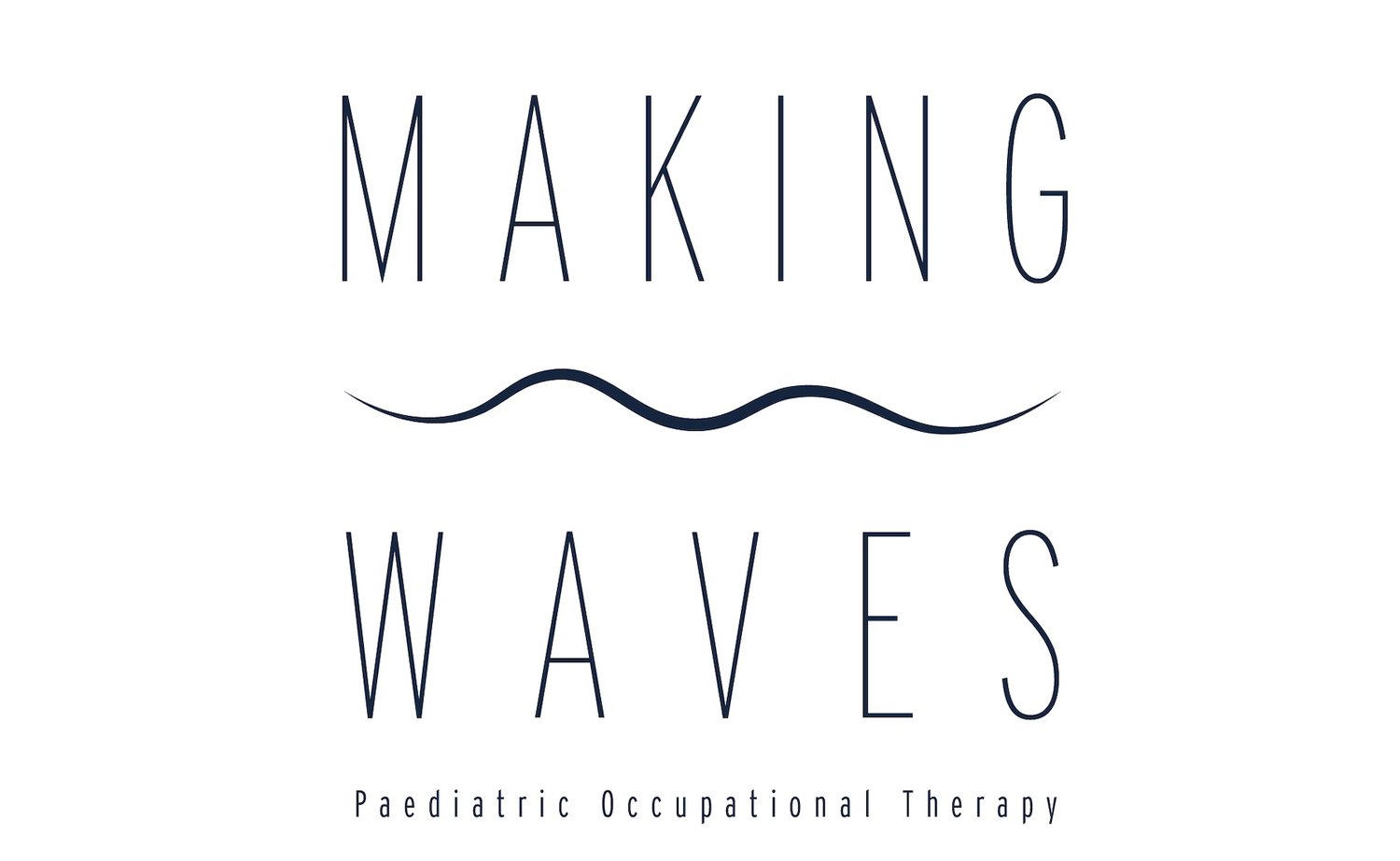Re-thinking Whole Body Listening
Lets re-think Whole Body Listening. This was a concept created in 1990 by Susanne Poulte Truesdale that identified a particular way students should be demonstrating that they are listening.
Research has shown that children actually learn better when they are allowed to move or when other strategies are given such as; fidget tools, moving around the classroom, wobble stools, engaging in songs and gross motor movements during the lesson just to name a few.
When I sit at a desk for extended periods of time- my legs giggle, I swing on my chair, I’m tearing up paper, I click my pen and sometimes even grab some putty from my resource bag. This is how I listen best and would truly find it difficult if someone placed the “Whole body Listening” expectations on me.
Every child presents with an individual set of strengths, differences, difficulties, attention spans, and developmental level. The unique makeup of each child needs to be appreciated and carefully considered before placing performance expectations on any given child.
We need to shift focus on teaching them how to appear engaged and teaching them when they are engaged- and this may mean they are not doing it in a “legs crossed, eyes tracking the speaker, hands still” kind of way.
Also- fun fact: Whole Body Listening Larry was created in 2011 and they are now retracting their original concept with this response: “We have since learned that by providing set standards for how to listen created a model for compliance without bringing awareness and advocacy for individual needs. This approach ultimately marginalized other behaviors (such as avoiding eye contact, flapping hands, and/or fidgeting) as inferior or incorrect strategies, which feeds stereotypes we want to steer away from.”
Let’s learn more about how the child learns and teach in that way! Let’s get more creative!

